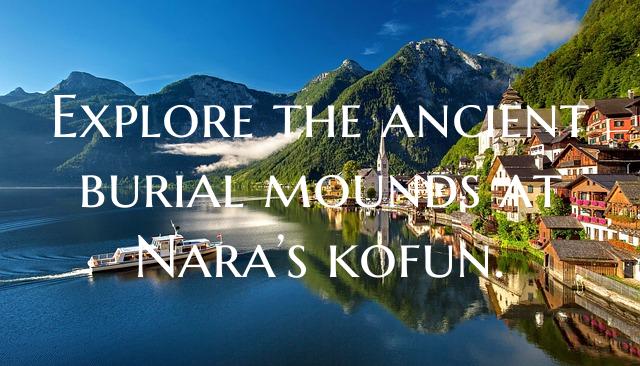
Nara, Japan is home to a fascinating glimpse into ancient history with its kofun burial mounds. These burial mounds, also known as tumuli, are key archaeological sites that offer a window into Japan's ancient past. Steeped in mystery and surrounded by natural beauty, exploring the kofun in Nara is a must for history enthusiasts and curious travelers alike.
Dating back to the Kofun period (roughly 3rd to 7th centuries AD), these mounds were constructed for the burial of key individuals, often rulers or nobility. The kofun vary in size and shape, with some reaching significant heights and featuring unique architectural elements. These mounds are not just tombs but also symbolic structures that reflect the beliefs and customs of the people of that time.
Visitors to Nara can explore several kofun sites, each offering a different perspective on this ancient practice. One of the most famous is the keyhole-shaped Ishibutai Kofun, named for its stone construction. This massive mound is thought to belong to a powerful clan leader and provides insight into the scale and craftsmanship of these ancient structures.
Another notable kofun in Nara is the Fujinoki Kofun, located in a peaceful forested area. This mound is distinguished by its natural setting, with towering trees and moss-covered stones adding to its mystique. Walking among these ancient burial sites, visitors can feel a sense of connection to the past and marvel at the enduring legacy of Japan's early civilizations.
Exploring the kofun at Nara offers a chance to step back in time and appreciate the cultural heritage of Japan. Whether you are drawn to the archaeological significance, the artistic craftsmanship, or simply the serene beauty of these ancient mounds, a visit to Nara's kofun promises a memorable experience that will deepen your understanding of this rich and complex history.